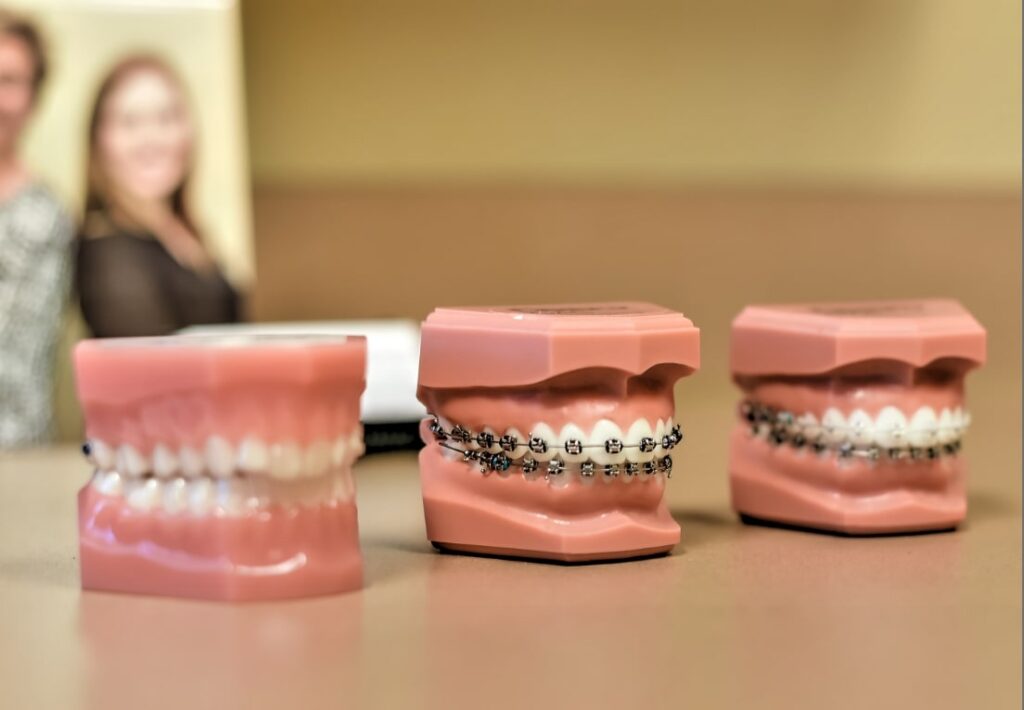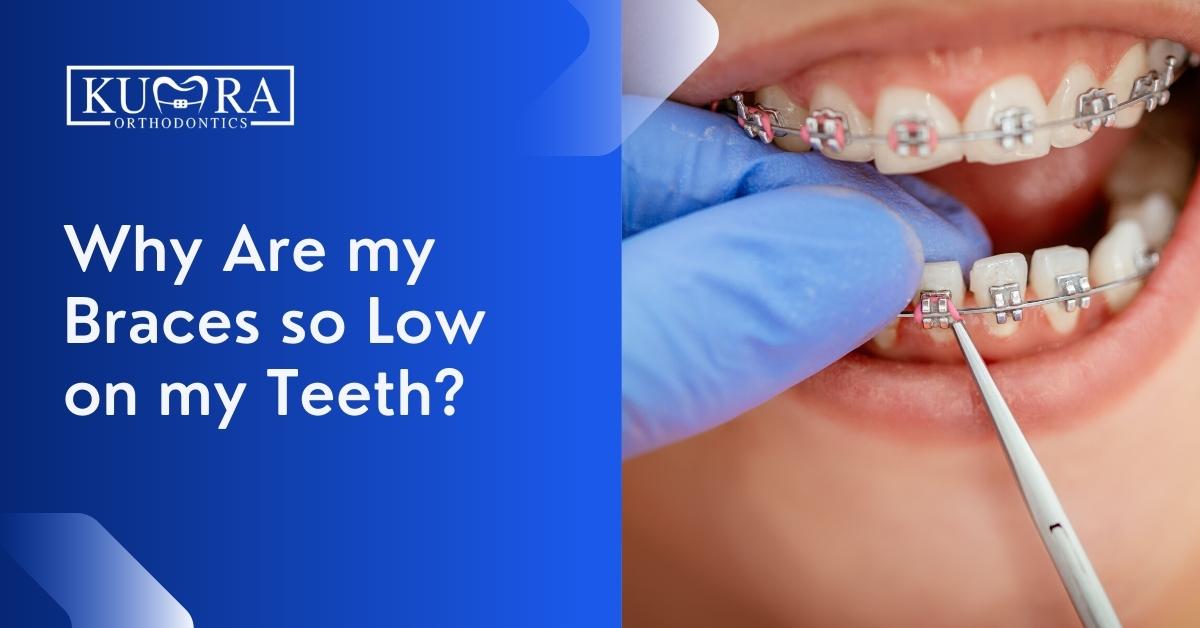Expert Cumming Braces and Aligners: What to Know Before You Visit
Comprehensive Guide to Orthodontics Treatments for Fixing Dental Imbalances
Understanding the intricacies of each treatment, including their devices, benefits, and potential downsides, is critical in making notified decisions concerning one's orthodontic therapy. As we navigate via the comprehensive overview to orthodontic procedures for correcting oral imbalances, the elaborate information of each technique will unravel, dropping light on the path towards a useful and harmonious oral positioning.
Orthodontic Procedures Overview

Routine modifications and surveillance are crucial components of orthodontic treatment to guarantee progression is on track and to make any kind of essential adjustments along the method. By undergoing orthodontic procedures, people can not just accomplish a straighter smile but also improve their overall dental health and function.
Traditional Dental Braces: Exactly How They Work
When taking into consideration orthodontic treatments for oral misalignments, typical braces stand apart as a reliable method for correcting teeth placing. Conventional dental braces are composed of brackets, cords, and bands that work together to use continuous stress on the teeth, progressively moving them right into the wanted positioning. The braces are connected to the teeth utilizing an unique adhesive, and the cables are threaded through the brackets. By changing the tension of the cables, orthodontists can regulate the direction and force put on each tooth, guiding them into appropriate positioning with time.
One secret element of just how traditional braces work is the process of bone makeover. As stress is related to the teeth through the braces, the bone surrounding the teeth is reshaped to support the new tooth settings. This improvement is essential for the long-lasting stability of the remedied placement. Patients will need routine modifications at the orthodontist's workplace to guarantee the braces remain to use the correct stress for effective teeth movement.
Unseen Aligners: Disadvantages and pros
Undetectable aligners provide a discreet and hassle-free alternative to typical dental braces for remedying dental imbalances. These clear, custom-made trays are basically undetectable when used, making them an appealing alternative for individuals seeking an extra visually pleasing orthodontic treatment. Among the primary benefits of unnoticeable aligners is their removability, allowing for less complicated maintenance of dental hygiene contrasted to conventional dental braces. Clients can remove the aligners prior to consuming or brushing their teeth, reducing the danger of food getting embeded the appliance and streamlining the cleaning procedure.

Surgical Orthodontic Options
Surgical interventions in orthodontics present viable alternatives for addressing complex oral imbalances that might not be efficiently fixed via conventional orthodontic treatments. While traditional dental braces and undetectable aligners can deal with several orthodontic concerns, specific cases call for medical treatment to accomplish optimal outcomes. Surgical family and cosmetic dentistry orthodontic choices are normally suggested for severe malocclusions, significant jaw disparities, and situations where the underlying bone structure requires adjustment to achieve correct positioning.
One common medical orthodontic procedure is orthognathic surgical procedure, which entails rearranging the jaws to remedy functional concerns such as problem chewing or talking. This surgery is usually done in cooperation with an orthodontist who helps straighten the teeth before and after the treatment. Surgical orthodontics may additionally involve treatments to expose influenced teeth, eliminate excess gum cells, or reshape the jawbone to develop a much more unified facial account.
Before thinking about surgical orthodontic alternatives, individuals go through an extensive evaluation to establish the requirement and potential benefits of such interventions. orthodontist. While surgical treatment might seem complicated, it can significantly enhance both the function and aesthetics of the smile in situations where traditional orthodontic therapies fail
Retainers and Post-Treatment Treatment

Failing to abide with post-treatment treatment guidelines can result in regression, where the teeth slowly move back in the direction of their initial placements. Consistent retainer wear, good oral discover here hygiene, and routine oral exams are essential for maintaining the results achieved via orthodontic surgical treatment and making sure the long-lasting stability of the remedied oral alignment.
Final Thought
Finally, orthodontic treatments supply numerous alternatives for correcting dental misalignments. Standard dental braces use steel brackets and cables to move teeth into correct positioning. Undetectable aligners supply a more discreet alternative yet might not be suitable for all cases. Surgical orthodontic options are available for a lot more severe misalignments. Retainers are commonly used post-treatment to keep the new placement. Overall, orthodontic treatments can effectively enhance oral health and visual look.
As we browse through the extensive overview to orthodontic treatments for fixing oral imbalances, the intricate information of each approach will unfold, dropping light on the course toward a practical and unified oral positioning. - cumming orthodontics
One of the most typical orthodontic therapies is the usage of braces, which consist of metal braces and cords that use mild pressure to gradually move teeth right into the wanted setting.When taking into consideration orthodontic therapies for oral imbalances, conventional braces stand out as a tried and true technique for remedying teeth placing. In addition, invisible aligners may not be suitable for complex orthodontic issues that require more significant teeth movement, as they are usually suggested for moderate to moderate cases. Retainers are customized orthodontic devices developed to hold teeth in their remedied settings after the completion of orthodontic treatment.